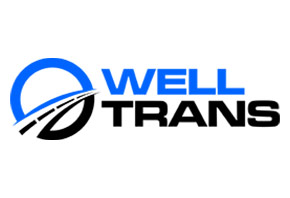Learn About Our Software From Happy Customers
Customer Stories
We are excited to feature real-life examples of our customers and how our NEMT solutions have helped businesses across North America. Each case study features a unique customer story that highlights the challenges they faced, the solutions we provided, and the outcomes they achieved.
Take a look and let us know if you have any questions or if you are ready to get started with a customer success story of your own!
See the power of Momentm firsthand!
Streamline your non-emergency medical transportation operations today
